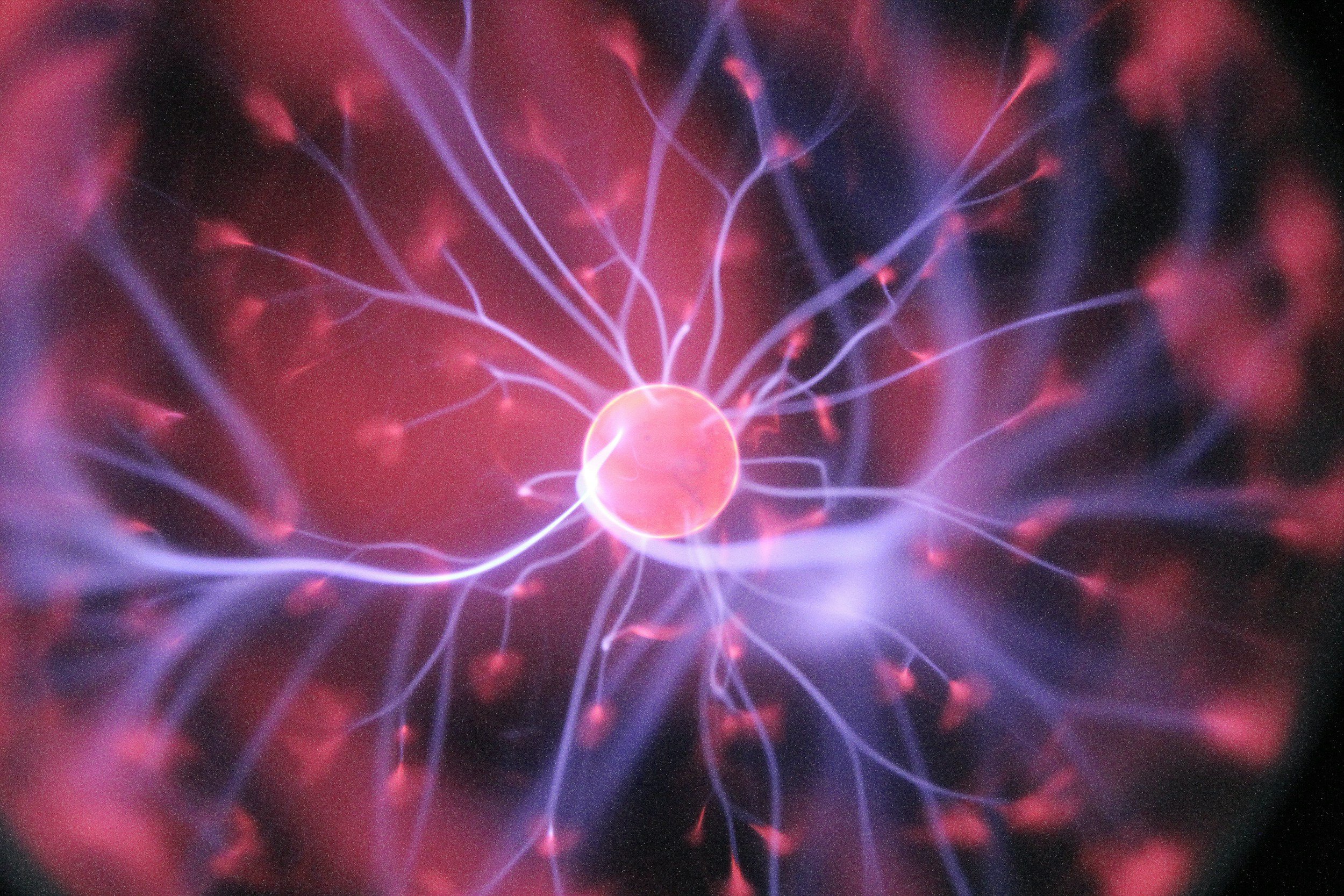
Welcome to Your Guide to GI Endoscopy
If you or a loved one is preparing for a gastrointestinal (GI) endoscopy, it’s natural to have questions and concerns. Our goal is to provide clear, reliable, and accessible information to help you understand the procedure, its benefits, and what to expect. Whether you’re undergoing an endoscopy for diagnostic or screening purposes, we aim to ensure you feel informed and confident every step of the way.
What is GI endoscopy
A GI endoscopy is a medical procedure used to examine the digestive tract using a flexible tube with a tiny camera at the end. It helps diagnose conditions affecting the esophagus, stomach, and intestines.
Common Reasons for a GI Endoscopy
Unexplained abdominal pain
Chronic acid reflux or heartburn
Difficulty swallowing
Persistent nausea or vomiting
Suspected ulcers, polyps, or tumors
Screening for conditions like Barrett’s esophagus or colon cancer
How to Prepare
Proper preparation is key to a successful endoscopy:
Fasting: Avoid food and drinks for a certain period before the procedure.
Medication Adjustments: Your doctor may ask you to stop certain medications.
Clear Liquids: Some procedures require consuming only clear liquids the day before.
Arranging Transportation: As sedation is commonly used, you’ll need someone to drive you home.
What to Expect During the Procedure
Check-in & Preparation: A nurse will review your medical history and start an IV if sedation is needed.
Sedation & Monitoring: You may receive mild sedation to help you relax.
The Examination: The doctor will insert the endoscope through the mouth or rectum, depending on the procedure.
Recovery: You’ll rest briefly before being discharged with post-procedure instructions.
Possible Challenges & How to Address Them
Discomfort or Bloating: Mild bloating or sore throat is common but usually temporary.
Sedation Effects: Feeling drowsy for a few hours post-procedure is normal.
Biopsy Concerns: If tissue samples are taken, results typically arrive within a few days.
Rare Complications: Though rare, risks include bleeding or infection; contact your doctor if you experience severe pain, fever, or persistent vomiting.
FAQs
-
Most patients only feel mild discomfort, especially if sedation is used.
-
The procedure itself typically lasts 15-30 minutes.
-
Most patients can resume eating within a few hours, following their doctor’s recommendations.